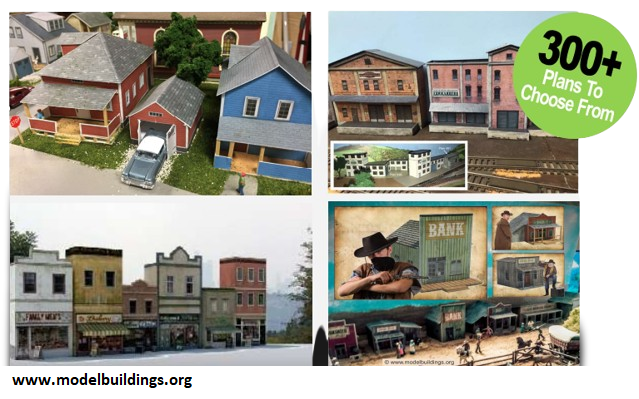Here’s How To Quickly And Easily
Plan Your Dream N Scale Railroad
...Without Making Costly Mistakes.
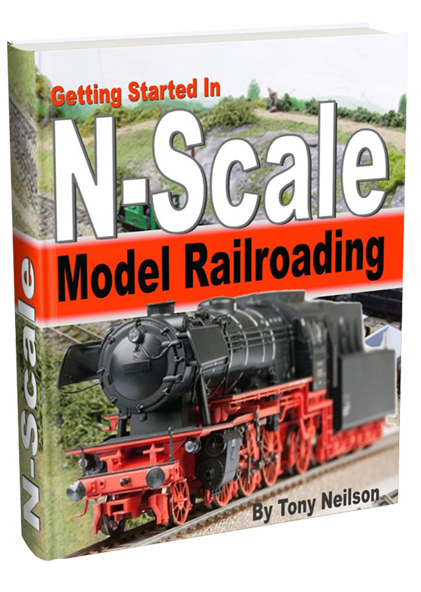
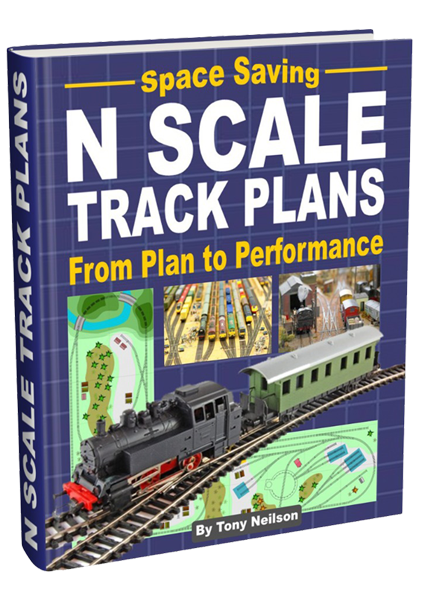
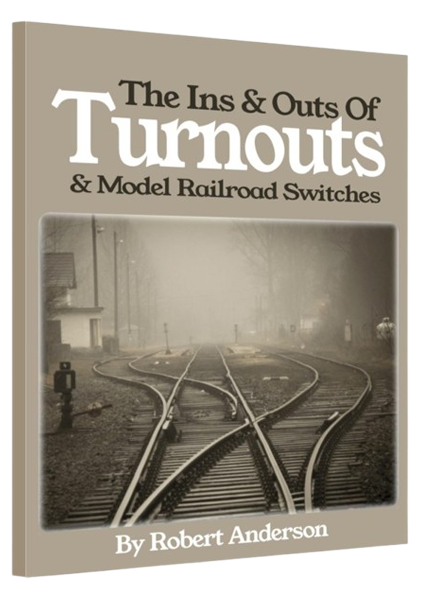
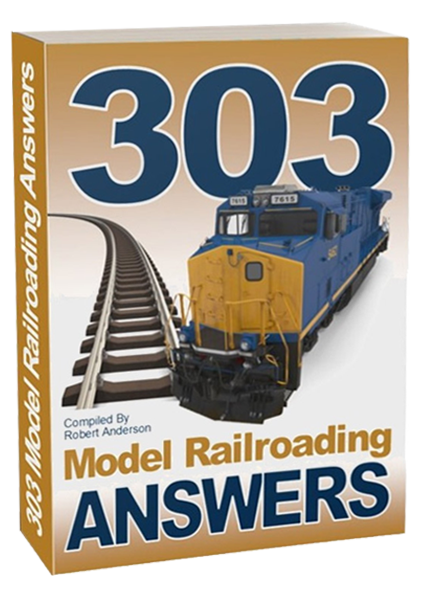
Special Buy For N Scale Railroaders
4 E-Books For ONE LOW PRICE!
4 E-Books
For
ONE LOW PRICE!

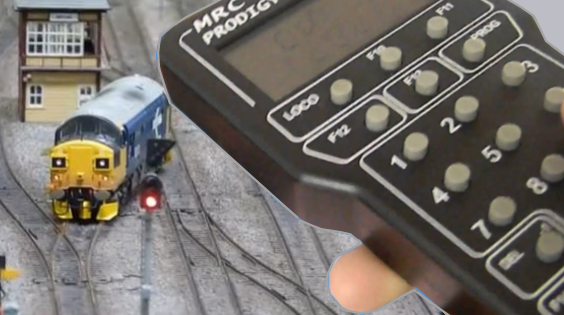

Plus Bonus Audio
Discover how the proper positioning of rolling stock can avoid unwanted derailments and other problems on a model railroad.
Download ALL 4 E-BOOKS PLUS the free bonus audio SPECIAL BUY ONLY!
Individually $116.90. SPECIAL BUY ONLY $47 TODAY. SAVE 58%
Want more details about this SPECIAL OFFER?
Here's what you'll get...

Plus Bonus Audio
Download ALL 4 E-BOOKS PLUS the free bonus audio SPECIAL BUY ONLY!

Getting Started In N Scale Model Railroading
You’ve probably seen some truly amazingly realistic N-scale layouts at model train shows and wondered how you could ever pick up the same skills no matter how restricted your space or budget might be.
This “Getting Started In N Scale Model Railroading” PDF e-book will guide you to creating an extraordinary layout that other hobbyists only dream about. You can quickly learn the skills and clever methods used by “the experts” to create many of the most brilliantly effective N scale layouts in the world.
N SCALE TRACK PLANS
In this N SCALE TRACK PLANS e-book you’ll get a huge variety of interesting to suit any space from 3ft x 2ft table tops, 4ft x 2ft module designs, through to truly inspiring room-sized layouts!
And, you can easily adapt any of the plans around your favorite railroad theme. The plans include scenery ideas and a full parts list for each and every track plan in this PDF e-book… I know you’ll find that handy!


303 Model Railroading Answers
The Ins & Outs Of Turnouts & Model Railroad Switches
A “switch” or “turnout” is a special piece of track that allows rolling stock to be guided to an alternate track path. This e-book shows how turnouts should be set up and why they are important to smooth train operations.
Learn about dead-end sidings, mainline passing sidings, yard ladders, electrical contact, locomotive overhang, and clearance. PLUS, there’s even a section explaining the easy way to super-elevate track to avoid derailments.

ALL 4 E-Books and the Bonus Audio ONLY $47 Today.
Download - Print - Build
Your Own Amazingly Realistic N Scale Model Buildings
